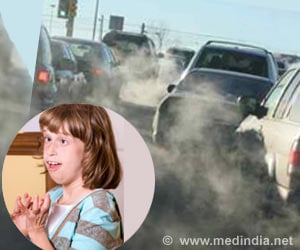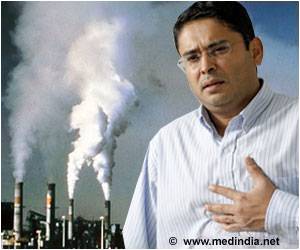
‘Air pollution kills more than 5.5 million people around the world each year, with over half of those deaths occurring in China and India.’
Tweet it Now
"Air pollution is the fourth highest risk factor for death globally and by far the leading environmental risk factor for disease. Reducing air pollution is an incredibly efficient way to improve the health of a population," said Michael Brauer, a professor at the University of British Columbia's School of Population and Public Health in Vancouver, Canada. China and India account for 55% of yearly global deaths from air pollution. Some 1.6 million people died of air pollution in China in 2013, while India saw 1.4 million deaths.
In China, burning coal is the biggest contributor to poor air quality - and pollution from coal was found to have caused 366,000 deaths in 2013, said Qiao Ma, a PhD student at the School of Environment at Tsinghua University in Beijing, China. Ma projected that air pollution will cause anywhere from 990,000 to 1.3 million premature deaths in 2030 unless more ambitious targets are introduced.
Ma said, "Our study highlights the urgent need for even more aggressive strategies to reduce emissions from coal and from other sectors."
"In India, the main culprit was burning wood, dung and biomass for cooking and heating. India needs a three-pronged mitigation approach to address industrial coal burning, open burning for agriculture, and household air pollution sources," said Chandra Venkataraman, professor of Chemical Engineering at the Indian Institute of Technology Bombay, in Mumbai, India.
Advertisement
"In February, Beijing and New Delhi typically see daily levels at or above 300 micrograms per cubic meter - or 1,200% higher than WHO guidelines," researchers said.
Advertisement
Source-AFP









